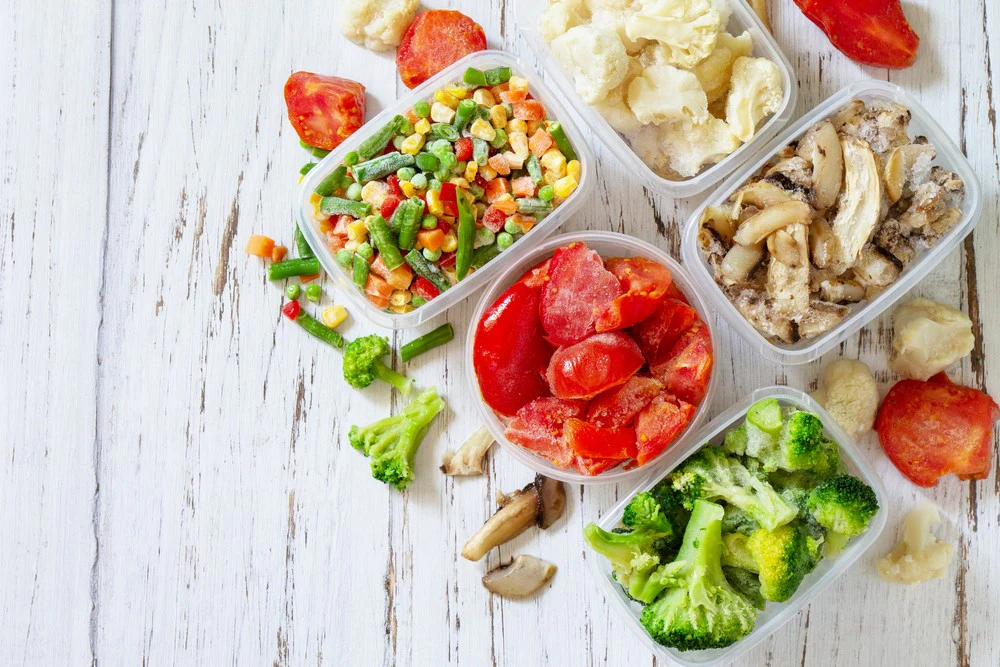The food industry is lucrative, competitive, and continually changing. As entrepreneurs venture into this business, they quickly learn that the sanitary standards required to handle, manufacture, and store foods and beverages are incredibly high.
Food companies must use food-grade materials to protect consumer health throughout processing and packaging. This article will explore the concept of food grade and highlight its significance while explaining why businesses involved in food packaging should prioritize safety.
Food Grade Vs. Food Safe
Food-grade and food-safe are often used interchangeably, even though they have distinct meanings. So, what does it mean to be food grade? This refers to the inherent material properties that ensure that materials do not contain prohibited chemicals and are suitable for direct food contact. Food-grade materials must meet certain safety standards set by relevant authorities such as the FDA.
On the other hand, food safety considers the material usage by ensuring that the product in its specific application does not compromise food safety. An example is how a food packaging container can be labeled food safe. However, it might still pose a risk if used beyond recommended temperature ranges or in an unsanitary environment.
It is important for those working in the food industry to understand the difference since this knowledge will help uphold food safety in both the material selection and the operational context. However, failure to understand the difference could lead to food quality issues or legal troubles, especially when dealing with food items sensitive to food temperature, hygiene, and chemical exposure.
Materials Composition
Food packaging professionals should use food-grade materials that remain chemically stable when in contact with food substances. As a result, they do not release harmful compounds under safe operating conditions. It is also essential for them to understand that food-grade materials are available in different forms, and the most suitable choice depends on factors like temperature exposure, acidity, and intended application.
Food handlers should choose the right material composition to help prevent chemical transfer to food products. Ignoring this could lead to complications, such as consumers being exposed to health risks, resulting in food poisoning lawsuits and potential business closure. Therefore, choosing safe and appropriate materials is important for both safety and operational effectiveness.
Quality Control
Food-grade packaging also plays a critical role in storage and transportation. The right packaging material protects food products’ quality and freshness by forming a protective barrier against external factors like moisture, light, and contaminants. Food companies should use quality packaging to ensure products reach consumers in optimal conditions.
It is also important to have an effective barrier when packaging food. This helps to prolong its shelf life, especially for perishable products. Companies also reduce food waste by extending the shelf life. The packaging minimizes flavor loss and texture degradation.
When exposed to oxygen or UV rays, some foods change color, flavor, texture, or nutritional value. To preserve the desired appearance and nutritional value, such foods require food-grade packaging that blocks oxygen and UV light. Food handlers should also have systems to check if the food is exposed to these elements to avoid compromising quality.
People venturing into the food business should take the time to understand what food grade means and their role in maintaining safety and compliance throughout the supply chain. This ensures they do not use the wrong materials and apply the correct usage practices. Food companies that embrace these standards show commitment to safety and responsibility, while ensuring consumers can trust that the products reaching them are safe.
